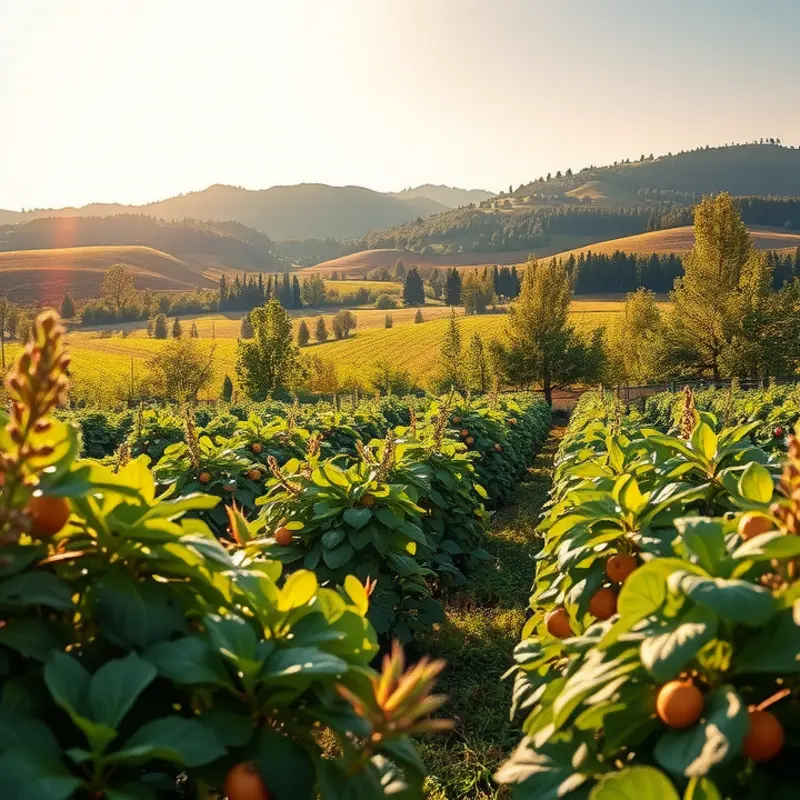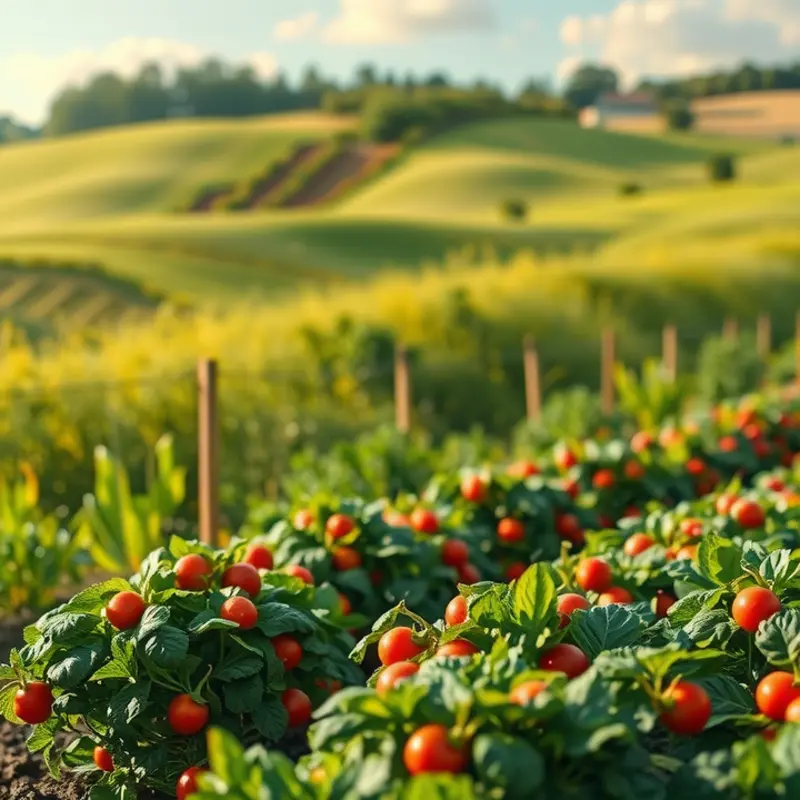Milk and its derivatives have played a crucial role in the culinary traditions of civilizations across the globe. From the creamy cheeses of Europe to the yogurts enjoyed in Central Asia, the history of dairy is a tapestry woven with cultural significance, innovation, and diverse flavors. This exploration will uncover how different societies cultivate and utilize dairy, revealing not just a food source but a way of life.
From Pastures to Plates: The Origins of Dairy

For millennia, societies have recognized the significance of milk in human dietaries. Evidence of dairying practices dates back to at least 6,000 BCE in regions of what is now Turkey and Greece. The domestication of animals such as goats, sheep, and eventually cattle was central to this agricultural evolution. These early herders discovered that animals could provide continuous nourishment beyond their meat.
The advent of dairying required the innovation of storage and processing techniques. Ancient cultures understood the perishability of milk, leading them to develop methods of preservation. Cheese and yogurt were among the first dairy products crafted to extend milk’s shelf life. This transformation was both practical and serendipitous, as milk left in warm environments curdled and fermented naturally. Over time, these processes were refined with the introduction of animal stomachs containing rennet, which were used to curdle milk more effectively.
Dairying spread rapidly across Europe and into Asia, facilitated by migratory tribes and trade routes. The diversity in domesticated species, from reindeer in Lapland to camels in North Africa, reflected the adaptability of dairy practices. Each culture developed unique variations of dairy processing, impacted by local climates and geographical features. Cooler regions favored butter and certain kinds of cheese, while warmer areas leaned towards yogurt concoctions.
The valuation of dairy went beyond nourishment. It became embedded in cultural rituals and social gatherings. In ancient Greece, milk was an offering to gods and featured in banquets. Rural Indian communities still celebrate the festival of Pongal by boiling milk to symbolize prosperity. Meanwhile, Bedouin tribes historically shared camel’s milk as a gesture of hospitality.
Across the globe, the socio-economic status of communities often determined their access to dairy. In medieval Europe, cheese-making became a monastic activity, with monasteries selling artisan cheese to sustain themselves. The prohibition or encouragement of dairy also played a religious role, seen in Lenten fasting traditions or dietary laws like Kosher.
In exploring dairy’s origins, one must consider its impact both nutritionally and culturally. Ancient Cooking Techniques were essential in developing diverse dairy products that persist today. The cultivation and utilization of milk fostered communal bonds, marrying survival with evolving culinary expressions. This synergy continues to influence modern dairy consumption, grounding it in a rich historical context that transcends mere sustenance.
Dairy Under Different Skies: Unique Global Practices

Dairy, a staple in many culinary traditions, often reflects the influences of geography and climate. The lush landscapes of Greece provide the perfect conditions for the development of tangy feta cheese. Made primarily from sheep’s milk, this beloved cheese owes its unique flavor profile to the rich pastures that characterize Greek terrain. Feta’s crumbly texture and tangy taste are enhanced by fermentation in brine, a method shaped by the warm and dry Mediterranean climate.
In contrast, India’s dairy craft, epitomized by paneer, is rooted in tropical regions. Paneer, a fresh cheese made from buffalo milk, is integral to Indian cuisine due to its ability to absorb the vibrant spices used in food preparation. The country’s warm climate necessitated the development of a non-aging cheese, leading to a preference for fresh dairy products that complement the grain-rich staples across diverse cultural kitchens.
In Scandinavia, where the biting cold influences every aspect of life, skyr tells a different story. This Icelandic dairy product, similar to Greek yogurt, is a testament to the resourcefulness demanded by an unforgiving climate. The fermentation process of skyr enhances its shelf life, a necessity for regions with long, harsh winters when fresh food sources dwindle. Here, dairy is not just food but a crucial part of survival and nutrition.
Mediterranean diets also feature a plethora of yogurt varieties, each adapted to local tastes and conditions. From the creamy, mild flavors of French and Italian yogurts to the more robust varieties in Turkey, fermentation methods were honed through centuries of practice, reflecting the varied microclimates across the region.
Dairy consumption is as much a cultural expression as a dietary choice. In some African nations, fermented milk products like amasi hold traditional significance. Made from raw cow’s milk, amasi is fermented naturally, resulting in a sour, nutritious liquid that has been a part of local diets for generations. The fermentation serves both as a preservation technique and a way to develop distinct flavors beloved by local communities.
Moreover, age-old customs dictated by necessity have given rise to distinct cheese and butter types that enrich global gastronomy. For instance, the yak butter tea of Tibet reflects adaptation to high altitudes, while the mozzarella’s famous elasticity correlates with Italy’s fertile plains.
Lastly, many cultures are now exploring non-dairy creamy bases to address diversifying dietary needs and ecological concerns. You can learn more about these innovative approaches to creating creamy dishes without traditional dairy at this resource.
These dairy practices, shaped by geographical nuance and cultural necessity, show the global importance of milk and its derivatives in bridging sustenance and tradition, fostering an intricate bond between land, climate, and culinary heritage.
Final words
The culinary history of dairy is not just a story of food; it’s a narrative that intertwines with human civilization. Each culture’s dairy products reflect its environment, traditions, and innovations. As we savor the flavors of cheeses, yogurts, and creams from around the world, we are also celebrating a rich tapestry of heritage that proves food is an essential part of our identity. Understanding this history deepens our appreciation for the simple joys of dairy—inviting us to explore and enjoy these creamy, wholesome delights.








